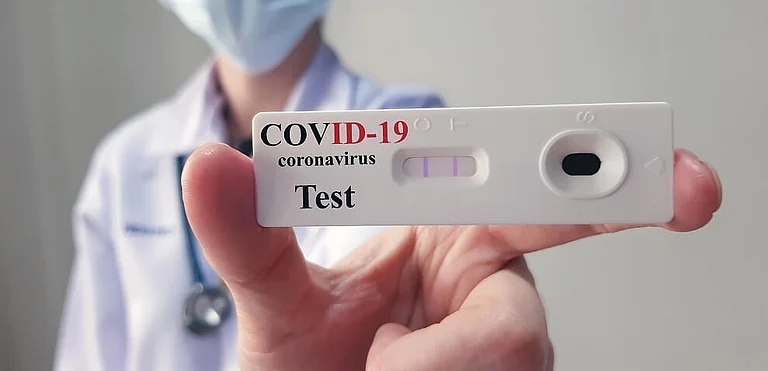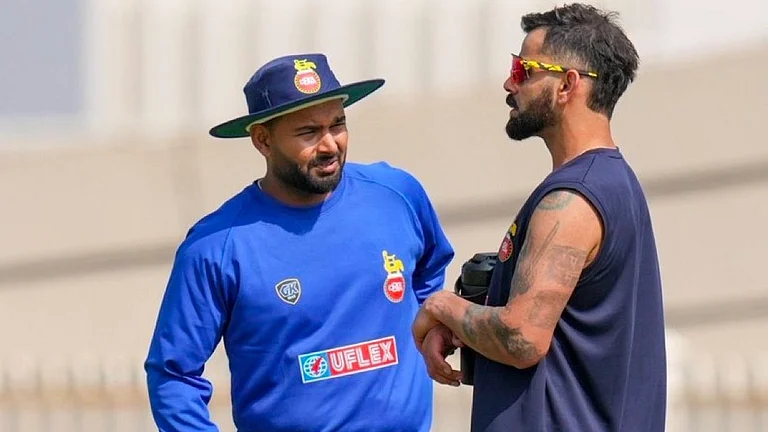This is the season for speculating on what sort of budget financeminister P. Chidambaram will present on February 28. Scarcely a day passeswithout the business press headlining some likely budgetary measure or the othersuch as "FM may relax fiscal target" or "PMO asks FinMin to simplify fringebenefit tax’ or "Sonia pitches for social sector". To besure, such speculation is not entirely without basis as they depend onoff-the-record hints thrown out by helpful North Block mandarins. But the budgetis more than a slew of tax measures and deficit targets announced on B-day.
It also happens to be a highly political document that reflects theimperatives of running a rainbow coalition government at the national level. Theruling Congress-led United Progressive Alliance (UPA) crucially depends on the supportof Left parties from the outside. What makes matters indeed difficult is thepresence of an influential Left-of-Centre voice within the ruling Congress partyitself. Then there is the electoral compulsion of fighting five important state assembly elections this year, all of which willinfluence the finance minister to loosen the purse strings and step up the aamadmi rhetoric in his budget.
The Left’s support is predicated on compliance with the National CommonMinimum Programme (NCMP) - which is why it seeks higher social sector spendingand soak-the-rich tax measures that the UPA government is unwilling to take on.What makes matters worse for Mr Chidambaram is that Sonia Gandhi, Congresspresident, has also pitched in for higher budgetary allocations for flagshipNCMP schemes like the National Rural Employment Guarantee Scheme (NREGS) in 200districts and Bharat Nirman to build national highways, rural roads, houses forthe poor, rural telephony and better irrigation facilities.
Chidambaram’s forthcoming budget, therefore, must reconcile theirreconcilable - of making his budget NCMP-compliant with huge spendingcommitments while adhering to the discipline of the Fiscal Responsibility andBudget Management Act, 2004 (FRBM), according to which he has to reduce therevenue deficit by 0.5 per cent of GDP and fiscal deficit by 0.3 per cent everyyear, starting 2004-05. As if all of this weren’t bad enough, the compulsionof fighting five state assembly elections further narrows Mr Chidambaram’sroom for maneouvre in reducing wasteful subsidies.
Exemplifying such pressures is the recent decision of the UPA government to"put on hold" its decision to reduce the food subsidy bill which has beenbudgeted at whopping Rs 26,200 crore in 2005-06. Accordingly, the decision toraise the issue price and cut allocations of rationed food-grain to reduce thesubsidy bill has been deferred till the assembly elections are out of the way.The Left also has ruled out the option of raising revenue from sales ofgovernment’s equity in profitable public sector undertakings. How then can thefinance minister’s budget meet FRBM targets for deficit reduction?
Mr Chidambaram, for his part, sounds confident that his mission is notimpossible. While promising that tax rates will not be raised, he has alsohinted that government will cut the revenue deficit by 0.5 per cent to 2.2 percent of GDP and the fiscal deficit by 0.3 per cent to 4 per cent of GDP in2006-07. A revenue deficit is incurred when the government’s tax revenues arenot sufficient to meet its routine housekeeping expenditures of administration.Like any individual or firm in a similar situation, it will perforce have toborrow or spend less. Another word for borrowings is the fiscal deficit.
The finance minister’s confidence to deliver such a budget stems largelyfrom the robust growth momentum of the Indian economy, which grew by 8 per centin two successive quarters in 2005-06 and 8.1 per cent for the year as a whole,according to the advance estimates of the Central Statistical Organisation. Allhis budgets, in fact, assume that this faster pace will continue during the nextfew years -- overall growth of 7 to 8 per cent with inflation of 4 to 5 percent. It is this favourable context of faster growth that enables the financeminister to reconcile all the fiscally irreconcilable objectives.
Faster GDP growth leads to buoyancy in tax revenues. With growth of 7.5 to 8per cent in 2006-07 and beyond, the ratio of the central government’s taxes toGDP will rise significantly. With a regime of moderate taxation, the financeministry expects better compliance to add to the fiscal kitty. To his good luck,this is already happening with buoyant tax collections during April-January2006. Service tax collections, in particular, rose by 66 per cent growth overthe corresponding period in 2004-05, leading the finance minister to set anambitious target of 40-50 per cent growth in 2006-07.
Buoyant tax revenues obviously enable the finance minister to meet his NCMPcommitments but his good fortune is also that the likely spend on NREGS in 200 districts and Bharat Nirman etc is not thatheavy as popularly thought. The former was launched on February 2 and funds forthe remaining months of 2005-06 have been worked out through clubbing existingschemes. Indications are that the likely hit on the exchequer from 2006-07onwards is not more than Rs 16,000 crores a year as against wild estimatesearlier of Rs 150,000 crore.
On the face of it, Bharat Nirman also carries a huge tab of Rs 174,000 crorebut most of it will be funded through merging existing schemes. The additionalrequirement is pegged at only Rs 18,000 crore a year. All of this is unlikely toupset Mr Chidambaram’s budgetary calculations that assume that the growthparty continues to ensure buoyancy in tax revenues. In turn, this will enablehis budget to be NCMP-compliant. But whether electoral compulsions will force"FM to relax the fiscal target" will be known only when he presents thebudget on February 28.
N Chandra Mohan is a Delhi-based analyst of economic and business affairs






















